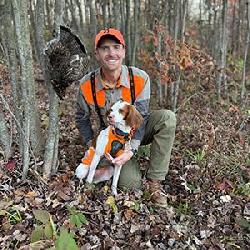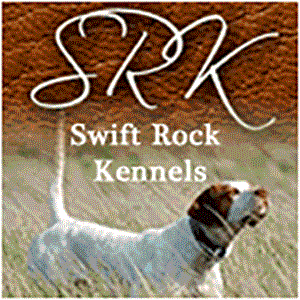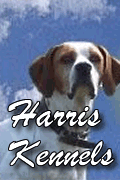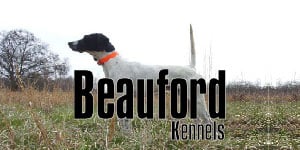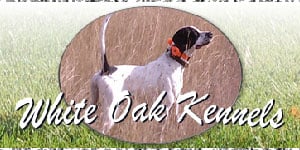The Last Lone Star Birds
The History
At the turn of the twentieth century, the call of the Attwater’s Prairie Chicken commonly drifted across the plains of the Gulf Coast from Texas to Louisiana. Males unashamedly displayed across their ancestral dancing grounds, known as leks, emitting a haunting tune that boomed through the Texan air long before oil ever did. A robust historical population of nearly 1 million birds has now been severely reduced to around 200. Such staggering shrinking in numbers is hard to even fathom, with several culprits being the cause. Over-harvesting of prairie chickens for the commercial market and worse, for shooting competitions was one contribution. Thankfully, the state of Texas banned further hunting of the birds in 1937. Undoubtedly though, the more long-term factor was habitat loss on a massive scale. At one time, the Attwater’s Prairie Chicken had 6 million acres of coastal prairie habitat to thrive. Now, this habitat exists in less than 1 percent. Modern agriculture, land altered by industry, and fire suppression have made the landscape unrecognizable to chickens, leaving the ones that remain in the fight for their lives. And to only kick the bird while they are down, the unintentional introduction of red fire ants has simply added insult to injury. Since their arrival, the invasive species has wreaked havoc on local insect populations, a critical food source for juvenile prairie chickens. With so many assaults on their habitat and food sources, the birds arguably are less of a host and more of a hostage. Their human-inflicted, now meager population is a solemn reminder that not everything is bigger in Texas.
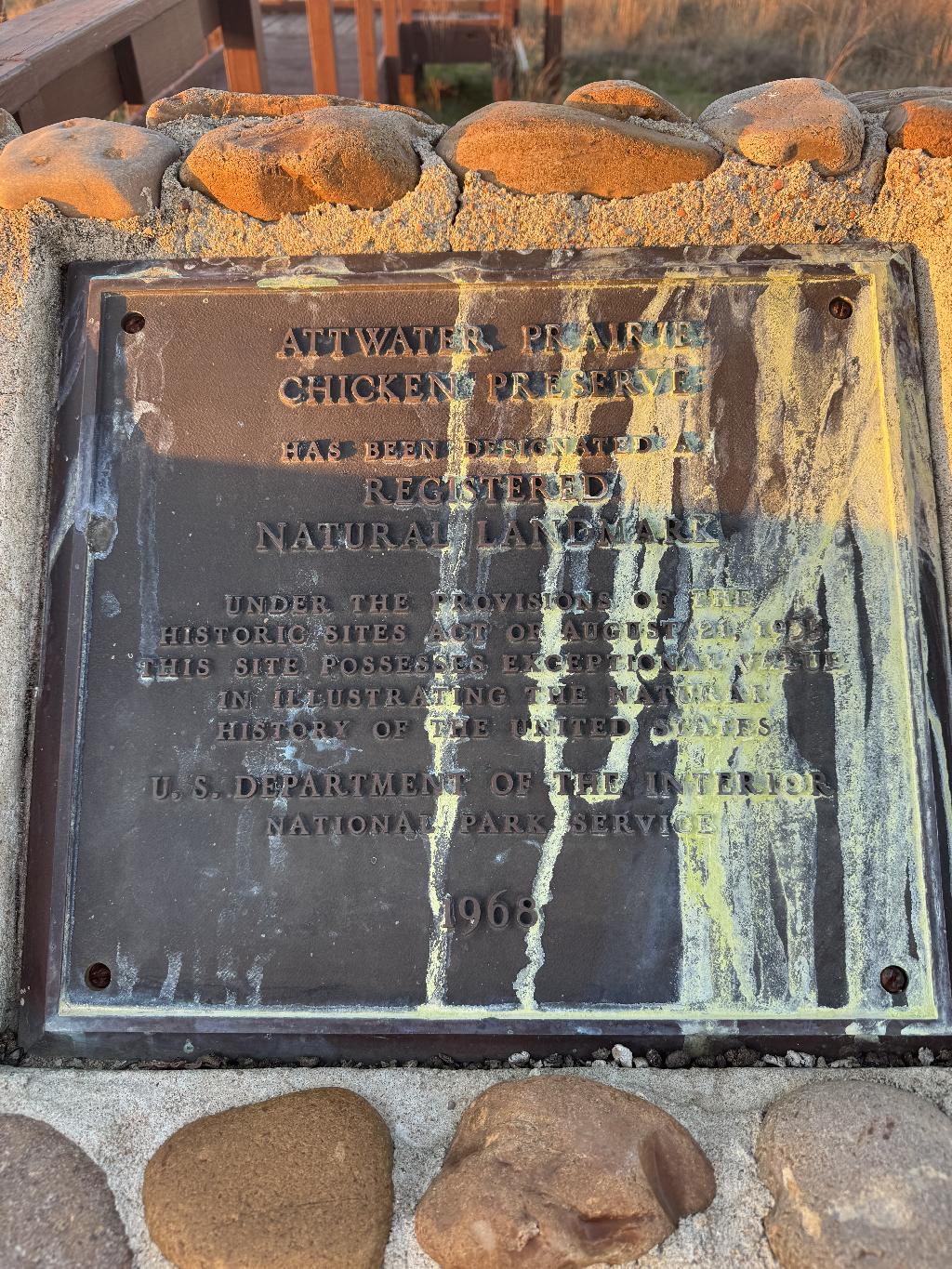
The Refuge
When travel plans landed me and my wife a little over an hour from the Attwater’s Prairie Chicken National Wildlife Refuge near Eagle Lake, Texas, arrangements were promptly made to make a visit. Upon arrival, we were received by a male prairie chicken on the welcome sign boasting colors that beamed in equal amounts of my delight to be there. Of course, I had to get my picture with him. The sun was setting soon and wanting to maximize precious visibility, we skipped right past the visitor’s center and continued on a motorized loop. This immersive experience contained a series of informative kiosks, providing information on Attwater’s, their habitat requirements, how to help, and what historic coastal prairie was like. A tempting trail leading to an observation blind, where at certain times of the year, visitors can watch males dance on their leks in a parade of charisma caught my eye. Although eager to see the viewing area, I knew we must sojourn on, for waning daylight was in low supply.
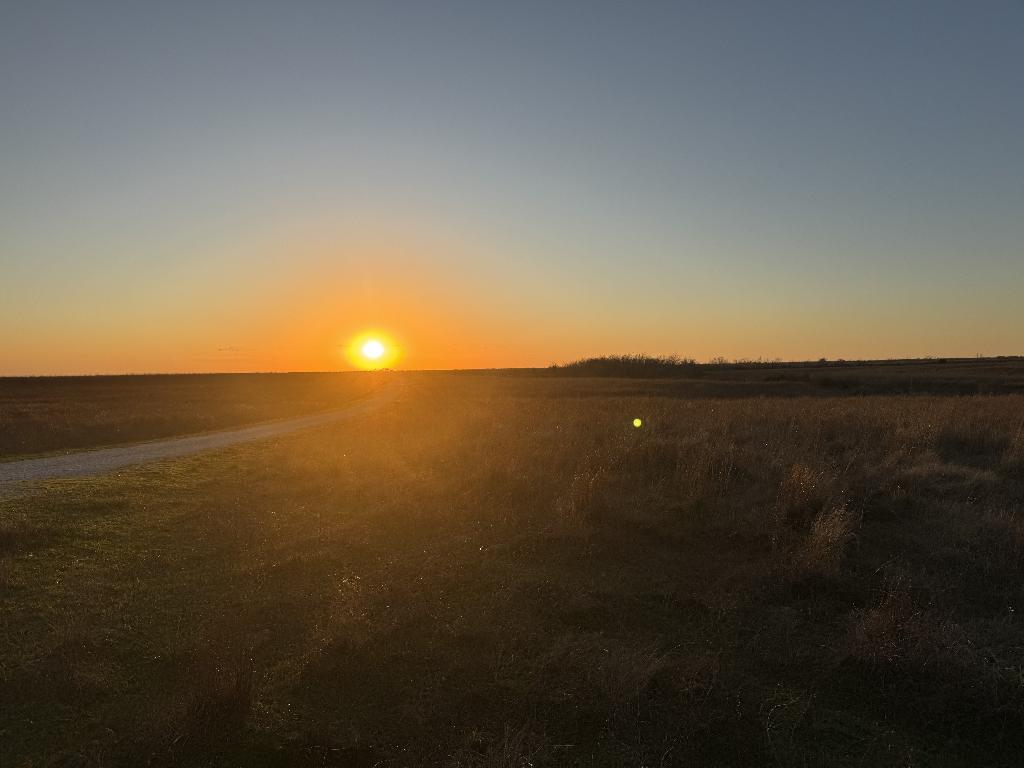
The remnant coastal prairie grass kissed with the sun’s last rays was one of spectacular nature that won’t soon be forgotten. It was as if the landscape had, for a little while, become a canvas for the burning star to brush its golden paint across it. Solace, peace, and beauty were the descriptors of this place. One stop provided stunning panoramic views of the prairie that called for a romantic, sunset stroll. This wildlife utopia engaged all my senses. Hundreds of sandhill cranes peppered the sky, silhouetted against the last bit of light. I surveyed some prairie grass in my hand, brittled by winter’s ways. Bobwhite quail called in a symphony. A jackrabbit grazed on the roadside. An impassioned hummingbird, apparently displeased of our presence, even hit me in the neck a couple times! Undeniably, this place, in spite of its griefs of exploitation and land lust, was still bubbling with wildlife. Although I didn’t get to see the refuge’s namesake bird, I departed feeling some sense of connection with the Attwater’s Prairie Chicken.
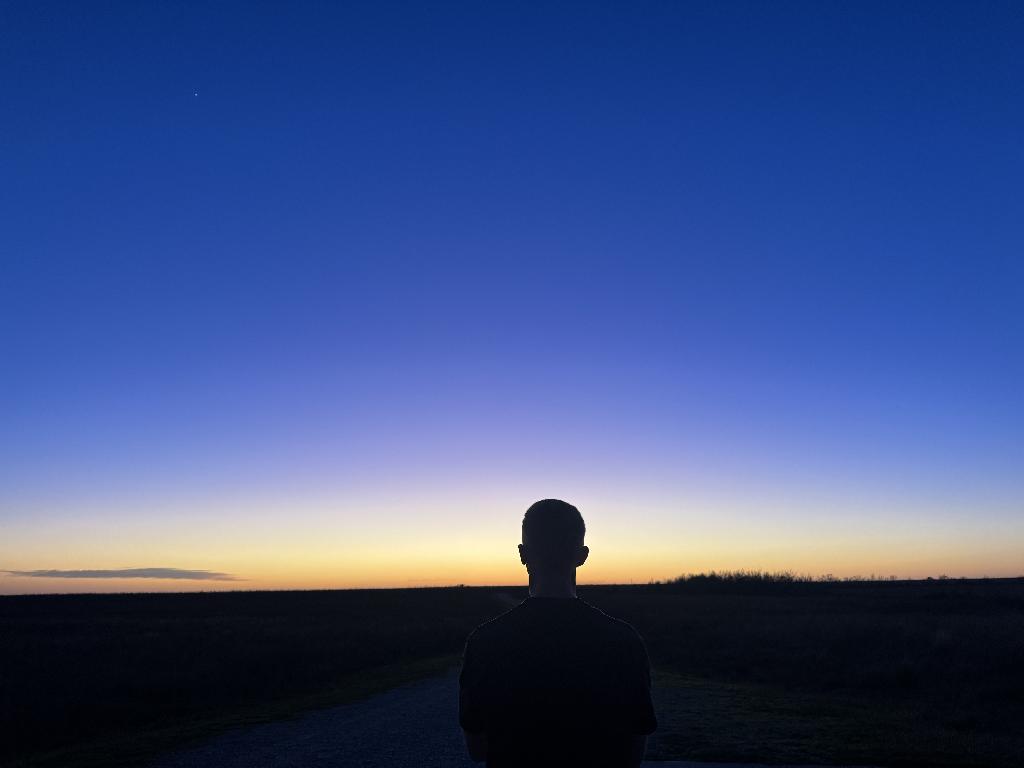
What Can Be Done
One of the disadvantages (unlike us humans) wildlife has in this world is that it can’t speak for itself. This tends to lead to habitat degradation and stress on populations in any given species. Obviously, the Attwater’s is no exception. With their grim status, these birds need our help more than ever. One tremendous organization has risen to the occasion. The Friends of Attwater Prairie Chicken Refuge formed in order to support the national wildlife refuge dedicated to the bird. Its mission is simple: to champion the refuge’s efforts of the recovery of the Attwater’s and the native coastal prairie “for this and future generations.” The good news is that one doesn’t have to live near the refuge in order to be a Friend. You can join the organization and become an ambassador of this spectacular bird and its habitat. A mere $20 annual membership bolsters the refuge’s conservation efforts. On top of that, this financial contribution helps bring educational opportunities to schools, providing awareness to the next generation.
Of course, the Attwater’s Prairie Chicken will never return to its historic numbers. Staggering land conversion has made the landscape in many ways irreversible. But instead of cursing the darkness, one can light a match. Together, we can keep the flame flickering for the few birds that are left and the delicate coastal prairie ecosystem that’s needed not just by chickens, but by us as well.
Related Aritlces
See You At The Dance
Arguably, the most coveted days on a bird hunter’s calendar are the ones where he or she is actually hunting. Those days are the summit of a year-long hike through the day-to-day of dog training, vet bills, hard earned paychecks, and sheer anticipation of what is to come. There are few things we would trade them for. But when seasons have come to a close and winter has laid the earth to a silent, seemingly lifeless rest, where does a bird-afflicted hunter turn to? What can be done to satiate the need for adventure that doesn’t end with the close of upland seasons?
Don’t Chicken Out Of Hunting Chickens
“Flump! Flump! Flump!” sent soundwaves tingling through my ears, followed by the crack


